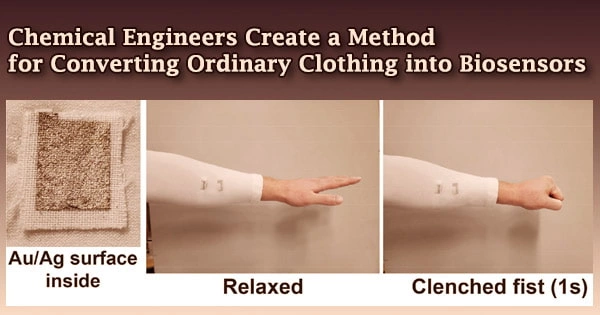Hydroforming is a low-cost method of transforming ductile metals such as aluminum, brass, low alloy steel, and stainless steel into lightweight, structurally stiff, and robust components. It is a specialized metal forming method that shapes metal components using high-pressure fluid. One of the most common applications of hydroforming is in the automotive sector, which uses the complex shapes enabled by hydroforming to create stronger, lighter, and more rigid unibody frames for vehicles.
It is widely utilized in industries such as automotive, aerospace, and plumbing to produce complex geometries with little material loss. This technology is especially popular in the high-end sports car sector, but it is also widely used in the shaping of aluminum tubes for bicycle frames.
Here’s how it works:
- Preparation: A metal blank, usually in the form of a tube or sheet, is placed inside a die cavity.
- Sealing: The die cavity is sealed, leaving a small opening for the fluid to enter.
- Fluid Pressure Application: A high-pressure fluid, typically water or oil, is pumped into the sealed cavity. The pressure exerted by the fluid is precisely controlled and distributed, causing the metal to deform and take the shape of the die.
- Forming: As the pressure increases, the metal material begins to flow and conform to the shape of the die cavity. This process allows for the creation of intricate and complex shapes, including irregular contours and varying thicknesses, with high precision.
- Completion: Once the desired shape is achieved, the pressure is released, and the formed component is removed from the die cavity.
Advantages
Hydroforming offers several advantages over traditional forming methods like stamping or welding, including:
- Complex Shapes: Hydroforming allows for the creation of complex shapes with fewer manufacturing steps, reducing the need for additional machining or assembly processes.
- Material Savings: Since hydroforming involves the application of pressure to shape the metal, it often results in less material waste compared to traditional methods.
- Improved Strength: The uniform distribution of pressure during hydroforming can result in components with improved structural integrity and strength.
- Cost Efficiency: Despite the initial cost of specialized equipment, hydroforming can be cost-effective for big production runs due to less material loss and processing time.
Overall, hydroforming is a versatile and fast manufacturing method that allows for the creation of high-quality metal components with complex shapes and superior structural qualities.















